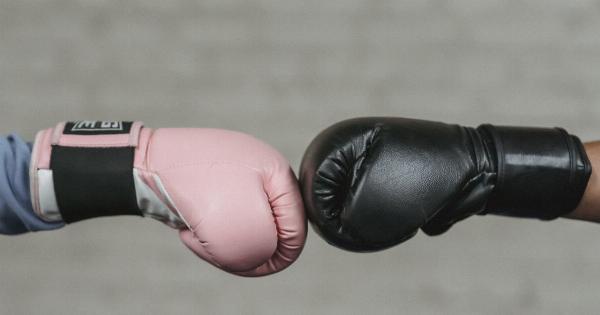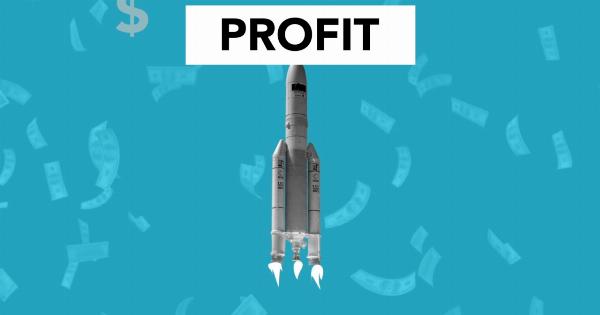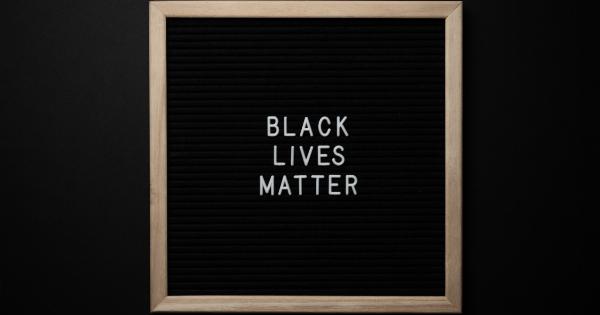Access to life-saving drugs is a critical issue in healthcare systems around the world.
While medical advancements have brought about innovative treatments that can significantly improve patient outcomes, not all individuals have equal access to these essential medications. Unfortunately, disparities in healthcare infrastructure, affordability, and availability often result in some patients being unable to receive the life-saving drugs they urgently need.
This article explores the factors that contribute to the unequal distribution of life-saving drugs and its consequences on patient populations.
1. Healthcare Infrastructure Disparities
One of the primary reasons why not all patients receive life-saving drugs is the disparities in healthcare infrastructure between different regions.
Inadequate medical facilities, shortages of trained healthcare professionals, and limited access to specialized treatments contribute to the unequal distribution of drugs. Developing countries, in particular, face significant challenges in building and maintaining robust healthcare systems, leaving many individuals without access to life-saving medications.
2. Affordability and Insurance Barriers
Another crucial factor that hinders patients from receiving life-saving drugs is the high cost associated with these medications.
In many countries, pharmaceutical companies set exorbitant prices for life-saving drugs, making them unaffordable for individuals without adequate insurance coverage or financial means. High deductibles, co-pays, and out-of-pocket expenses create substantial barriers, leaving many economically disadvantaged patients struggling to access these vital treatments.
3. Pharmaceutical Industry Practices
The practices of the pharmaceutical industry also contribute to the disparity in drug access.
Patents and intellectual property rights often allow companies to have exclusive control over production and distribution, limiting competition and driving up prices. Additionally, the prioritization of profit over public health often leads to the neglect of diseases that primarily affect marginalized populations, resulting in inadequate research and development efforts for life-saving drugs.
4. Regulatory Hurdles and Drug Approval Processes
The stringent regulatory hurdles and lengthy drug approval processes also play a significant role in limiting access to life-saving medications.
While rigorous testing and approval procedures ensure the safety and effectiveness of drugs, they can also cause delays in getting crucial treatments to patients in need. These delays can be life-threatening for individuals with acute or terminal illnesses who cannot afford to wait for years to access life-saving drugs.
5. Distribution and Supply Chain Challenges
The complexities of the drug distribution and supply chain further contribute to the unequal access to life-saving medications.
Limited production capabilities, inefficient transportation systems, and challenges in storage and refrigeration can result in shortages and delays in getting drugs to the patients who need them most. These challenges are particularly pronounced in remote or underdeveloped regions where infrastructure and logistical support are lacking.
6. Inadequate Awareness and Education
Another underlying issue that affects drug access is the lack of awareness and education among patients and healthcare professionals.
Many individuals may not be aware of the latest medical advancements or alternative treatments available to them, leaving them unaware of the life-saving drugs that could potentially improve their condition. Similarly, healthcare professionals need to be informed about the latest research and treatment options to provide the best care for their patients.
7. Racial and Ethnic Disparities
Racial and ethnic disparities in healthcare also play a significant role in the unequal distribution of life-saving drugs.
Minority populations often face systemic biases and discrimination within healthcare systems, resulting in inadequate access to quality care and essential medications. Limited representation in clinical trials and healthcare workforce exacerbate the problem, as treatments may not have been adequately tested or tailored to these specific populations.
8. Impact on Patient Populations
The consequences of not receiving life-saving drugs can be severe for patient populations. Without access to these medications, individuals are at a higher risk of disease progression, complications, and even death.
The burden falls disproportionately on already vulnerable populations, perpetuating health disparities and creating a cycle of poor health outcomes. The inability to access life-saving drugs can also lead to increased healthcare costs, as patients may require more intensive treatments or hospitalizations.
9. Initiatives and Solutions
Efforts to address the unequal distribution of life-saving drugs are ongoing. International organizations, governments, and advocacy groups are working towards increasing access to essential medications for all patients.
These initiatives include negotiating lower drug prices, promoting generic alternatives, facilitating technology transfer to developing countries, and implementing policies to ensure equitable distribution. Collaboration between pharmaceutical companies, healthcare providers, and governments is crucial to overcoming these challenges and ensuring that life-saving drugs reach all patients in need.
10. Conclusion
The unequal distribution of life-saving drugs is a complex issue with multifaceted causes.
Disparities in healthcare infrastructure, affordability, regulatory hurdles, and supply chain challenges all contribute to some patients being unable to access these essential medications. The consequences of this inequity can be dire, exacerbating health disparities and worsening patient outcomes.
Addressing these challenges requires collaborative efforts, policy changes, and a commitment to ensuring that all patients, regardless of their background or socioeconomic status, have equal access to life-saving drugs.




























